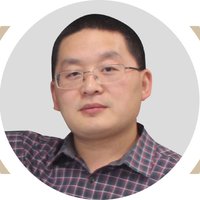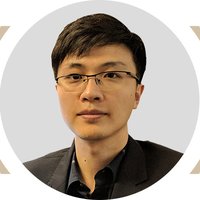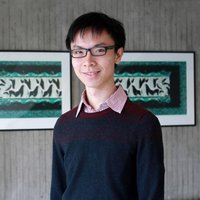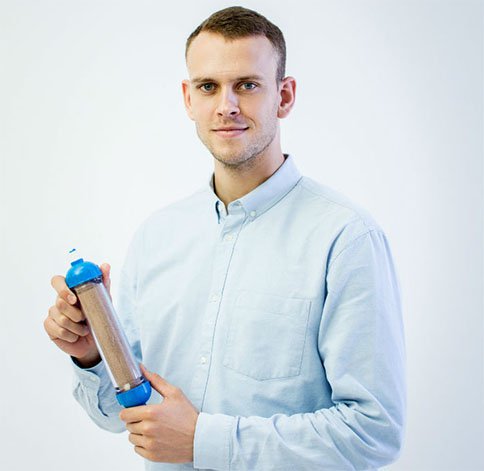The treatment of wastewater and the purification of hazardous pollutants is a challenge that increases as urban agglomerations and population grow. According to the Water Status report, published by the European Environment Agency in July 2018, only 40% of the sources on which Europe’s water supply depends (rivers, aquifers, wetlands and lakes) are healthy. And the World Economic Forum warns that, at present, this is “one of the most alarming global risks”.
However, the young Danish innovator Henrik Hangemann likes challenges. In 2011, he travelled the 9,500 kilometres that separate East China from Denmark by bicycle. The seriousness of the water sources problem became a stimulus that led him to establish the start-up CustoMem in 2015. This company has developed a unique chemical process that optimizes the capture of highly resistant and very toxic microcontaminants. Thanks to this breakthrough, Hangemann has become one of the winners of Innovators Under 35 Europe 2018 of MIT Technology Review.
These micropollutants are found in industrial wastewater, as they come from manufacturing processes for coatings and foams for the extinction of fires. Hangemann and his team have specialized in one of these substances called Polyfluoroalkyl (PFAS). The absorbents available to capture them currently at an affordable price are not selective enough. And the antioxidants that exist in the market capable of dealing with these substances are not a good option, since they increase operating costs and their use generates other toxic chemicals such as bromate and nitrite.
The company has developed an alternative, which has been called CustoMem Granular Media (CGM). It is a granular product, composed of biological and selective material, which can be customized to capture different types of contaminants. In its first tests, CGM has proven to be ten times more efficient to eliminate PFAS and 40% cheaper than its main competitor in the market. These results have already aroused interest of an airport in Germany, where it has already been tested, and another one from the British capital in which it will be implemented.
This innovative system manages to solve three problems at the same time. On the one hand, it contributes to the purification of emerging pollutants from industrial waters. Although these agents represent only 0.04% of all water pollutants, their effects are devastating: they can cause diseases of the nervous system and cancer, as well as very lasting damage to the environment.
On the other hand, it also increases the efficiency of the water purification process. Currently, the most common purification processes depend on membranes, reverse osmosis and nanofiltration. Both require a large amount of energy, whose consumption represents between 40% and 50% of the entire process budget. In addition, CustoMem Granular Media (CGM) works faster than its main competitors, which makes it suitable for higher flow rates or narrower treatment vessels in the treatment plants. This characteristic makes it a flexible system and adaptable to any purification plant.
Finally, CGM is composed of cellulose, which is a renewable material. This makes it possible to recycle the components of the water treatment kit for composting, at the same time that the captured contaminants can be easily washed and treated, either for processing in other products or for incineration.
Grzegorz Wróblewski, associate professor of the Warsaw University of Technology and founding partner of SmartMedics, who is also a jury member of the Innovators under 35 Europe 2018, considers that this project is capable of “helping to protect the environment on a global scale”. But he also believes that, due to the problem of “the lack of awareness in the society regarding emerging pollutants,” Hagemann should collaborate with government institutions and convince the industry to invest in this kind of wastewater treatment.
By Belén Belmonte
Translation: Ana Milutinovic




